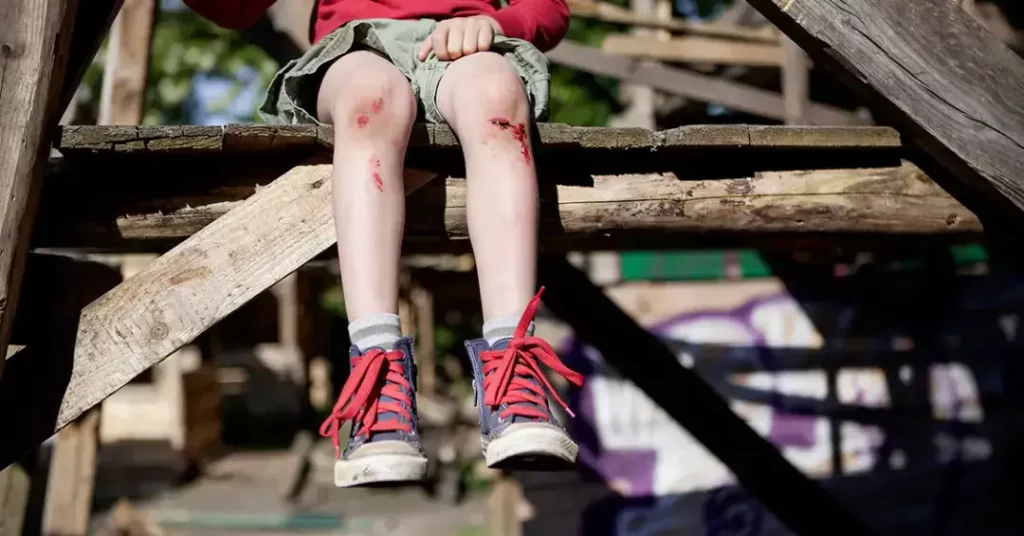
Why Do Humans Heal Slower Than Our Hairy Relatives?
Humans are known for their remarkable ability to adapt to their environments and overcome challenges. However, a new study has revealed that there is one area where humans fall short compared to our primate relatives: wound healing. It turns out that humans heal wounds nearly three times slower than other primates, a finding that has significant implications for our understanding of human evolution and our relationship with the natural world.
The study, published in the journal Science, analyzed the wound-healing abilities of various primates, including humans, chimpanzees, bonobos, gorillas, and orangutans. The researchers found that while all primates heal wounds to some extent, humans take significantly longer to do so. In fact, the study revealed that humans take an average of 21 days to heal a wound, while our primate cousins take an average of just 7-10 days.
So, what’s behind this slower healing process? The answer lies in our evolutionary history. Humans, you see, are the only primates that have lost their body hair. While this may seem like a minor adaptation, it has had a significant impact on our skin and our ability to heal.
You see, our hairy primate relatives have thick, insulating coats of hair that help to regulate their body temperature and protect them from the elements. This hair also provides a natural barrier against infection and injury, helping to prevent wounds from becoming infected and promoting faster healing. In contrast, human skin is much thinner and more susceptible to damage, leaving us more vulnerable to infections and injuries.
But why did humans lose their body hair in the first place? The answer lies in our evolutionary history. Around 3.5 million years ago, early humans migrated from the forests to the savannah, where the climate was much hotter and more arid. In order to survive in this new environment, early humans needed to find ways to cool themselves down. One of the ways they did this was by losing their body hair, which allowed them to release heat more efficiently.
However, this loss of body hair came at a cost. Our skin became thicker and more prone to damage, making us more vulnerable to infections and injuries. And as the study reveals, this slower healing process has had a lasting impact on our species.
So, what does this mean for us today? Well, for one thing, it means that we need to take extra care to protect our skin and prevent injuries. This could involve wearing protective gear when engaging in physical activities, using sunscreen to prevent skin damage, and taking regular breaks to rest and recover.
It also means that we could potentially learn from our primate cousins and develop new ways to promote faster healing. For example, researchers are already exploring the use of stem cells and other biomaterials to promote wound healing. And who knows? Maybe one day we’ll develop a way to regrow our body hair, providing us with the natural protection and insulation that our primate relatives take for granted.
In conclusion, the study’s findings offer a fascinating glimpse into the complexities of human evolution. While we may have adapted to our environment in many ways, our slower healing process is a reminder that we’re still a work in progress. And who knows? Maybe one day we’ll find a way to regain our body hair and join the ranks of our furry primate relatives as the ultimate healers of the animal kingdom.
Source:
https://thecsrjournal.in/why-do-humans-heal-slower-than-our-hairy-relatives-science-discovery/






